This book includes the 48 best gym exercises for building strength and gaining muscle. Most of these exercises are timeless and have been performed by bodybuilders for decades. They are proven to work and should be part of every workout routine.
Unfortunately, many beginners, and even some experienced trainees, dont use proper form. Oftentimes, they simply copy their friends at the gym, which can lead to injuries and long-term joint problems. To spare yourself such issues, you need to educate yourself on how to train correctly. I divided the book into six parts - Chest, Back, Legs, Arms, Shoulders/Neck, Abs to cover all important muscle groups. Every muscle group contains 5 10 exercises, each with an illustration, safety tips and possible variations. Before each segment you will find a short introduction about the muscle group and how to train it.
Not all muscles are created equal and you have to know how to train every single one properly. At last, I promise you that if you follow the advice in this book, you will increase both strength and size within a few weeks. Remember to always have fun and patience. - Felix Harder
Chest
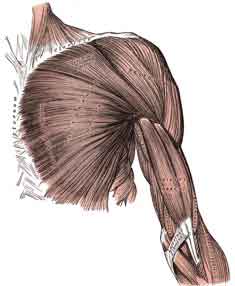
About the muscle: Your chest is made up of two main muscles, the Pectoralis Major and the Pectoralis Minor . The pectoralis major is a fan-shaped and thickmuscle, located at the chest (anterior) of your body. It makes up the majority of the chest muscles in men and lies under the breast in women.
The pectoralis minor is a thin, triangular muscle underneath the pectoralis major. In bodybuilding both are referred to as "pecs". How to train chest: Most bodybuilders agree that the chest is best trained using heavy pressing movements. This way, you will add mass and quickly increase the size of the muscle. Interestingly, the chest is only a medium sized muscle group, meaning you dont need too many sets to trigger muscle growth. As for reps, there is a one-number-fits-all solution.
You should train between four and twelverepetitions. Otherwise, you risk shoulder problems. Exercises that work the Pectoralis muscles include: - Flat barbell bench press - Incline barbell bench press - Flat dumbbell bench press - Dumbbellflys- Cable crossovers - Pec deck machine - Push-ups - Dips
Bench Press
Main Muscle: Chest (Upper and lower pectorals) Secondary Muscles: Shoulders,Triceps Equipment: Barbell, Dumbbells (see variations) Exercise Type: Compound Force: Push
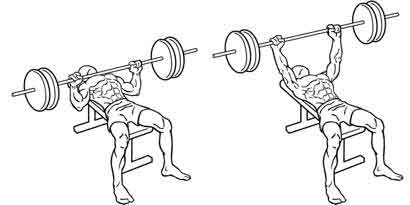
1. Setup With your eyes under the bar, lie supine on the bench. Lift your chest and squeeze your shoulder blades. 2. 2.
Grip Place each pinky on the ring marks of your bar. Your grip should be medium-width grip (creating a 90-degree angle in the middle of the movement between your forearms and upper arms). Hold the bar in the base of your palm with straight wrists and a full grip. 3. Unrack Take a big breath and dismount the barbell by straightening your arms. 4. 4.
Lower the bar Lower the barbell to your chest. Your elbows should be at a 75 angle, while keeping your forearms vertical. Hold your breath at the bottom. 5. Press Press the barbell upward until your arms are extended. The proper form is pressing the bar in a diagonal line from shoulders to chest and back up.
This increases the distance,but prevents shoulder impingement.Your butt must also stay on the bench. Lock your elbows at the top and breathe.
Tips & Safety - Dontlet the bar drift too far forward. It should touch your middle chest and nowhere else. - Never bounce the bar off your chest. - If you find yourself without a spotter, use a power rack. - If you find yourself without a spotter, use a power rack.
They have horizontal safety pins to catch the bar if you fail. - Dont Bench Press using the suicide grip (thumbless grip). The barbell can slip out of your hands and drop on your chest. Variations Close Grip Bench Press: This variation uses a narrow grip. You set up your flat bench like you do for the regular Bench Press, but this time, your grip is only about shoulder-width apart. Then lower the barbell to your chest.
Close Grip Bench Press is harder than medium grip, because your (usually weaker) triceps work harder while your chest works less. Wide Grip Bench Press: This variation uses a wider than normal grip. You set up your flat bench like you do for the regular Bench Press. Your grip should be around three inches away from shoulder width for each hand. Then lower the barbell to your chest.
Dumbbell Bench Press:
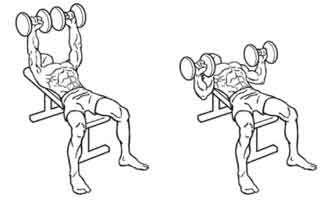
1.
Dumbbell Bench Press:

1.
Setup Sit down on the bench with each dumbbell resting on lower thigh. 2. Position Kick the dumbbells to your shoulders and lie back. Position the weights to the sides of the chest with your elbows under them. 3. Execution Press weights up to a lockout position.
While pressing up, the dumbbells should follow an arch pattern, traveling inward and towards each other. At the top of the motion,both dumbbells should almost touch. Then, while keeping the elbows wide, lower the dumbbells to the sides of the chest.Repeat.
Incline Bench Press
Main Muscle: Upper Chest ( Pectoralis Major, Clavicular ) Secondary Muscles: Shoulders,Triceps Equipment: Barbell, Dumbbells (see variations) Exercise Type: Compound Force: Push
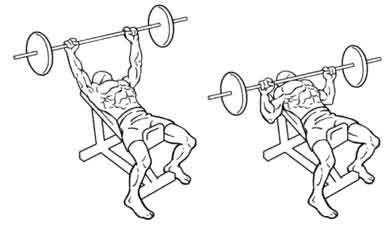

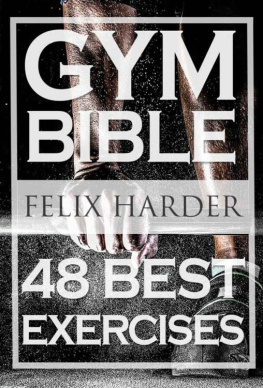
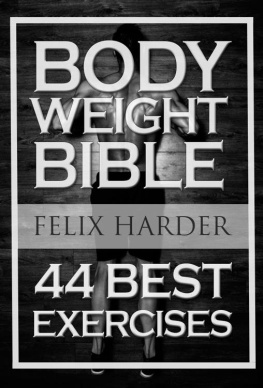
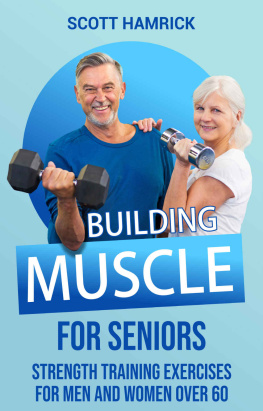

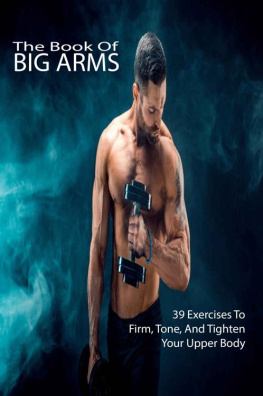
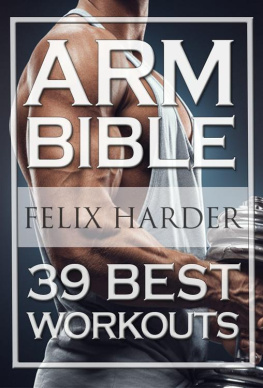
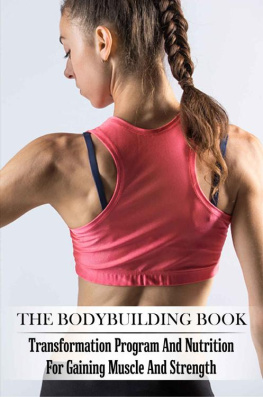
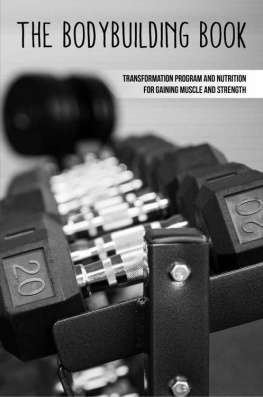
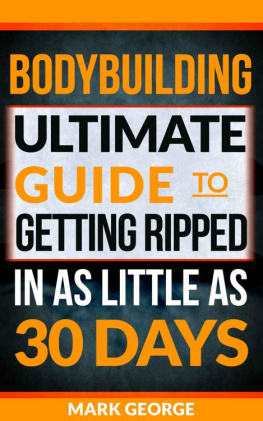
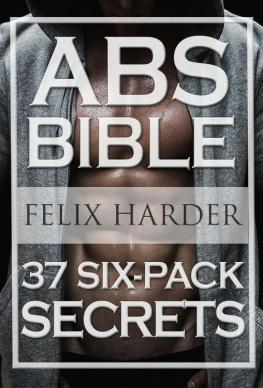
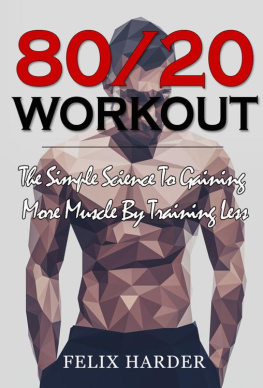
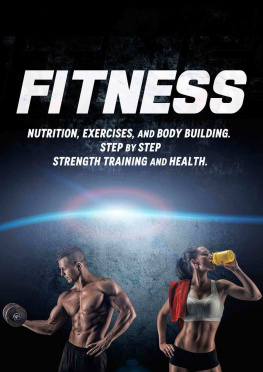
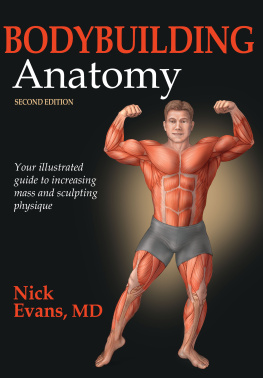
 The 3-Part Program Includes: 1) My Workout Routine That Made Me Gain 10 Pounds Of Lean Muscle in under 6 Months, Training Only 3 Times Per Week 2) Everything You Need To Know About Workouts, Nutrition and More 3) And All The Beginner Mistakes You Should Avoid I care about my readers and only give advice which is proven to work and that I have personally tested. >>Click Here To Get FREE ACCESS To My Program<<
The 3-Part Program Includes: 1) My Workout Routine That Made Me Gain 10 Pounds Of Lean Muscle in under 6 Months, Training Only 3 Times Per Week 2) Everything You Need To Know About Workouts, Nutrition and More 3) And All The Beginner Mistakes You Should Avoid I care about my readers and only give advice which is proven to work and that I have personally tested. >>Click Here To Get FREE ACCESS To My Program<<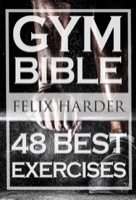

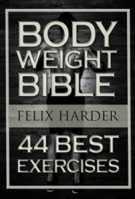
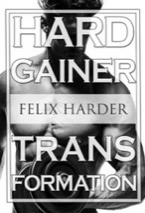
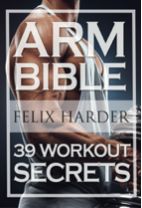
 Click On The Cover To Go To The Book :
Click On The Cover To Go To The Book : About the muscle: Your chest is made up of two main muscles, the Pectoralis Major and the Pectoralis Minor . The pectoralis major is a fan-shaped and thickmuscle, located at the chest (anterior) of your body. It makes up the majority of the chest muscles in men and lies under the breast in women.
About the muscle: Your chest is made up of two main muscles, the Pectoralis Major and the Pectoralis Minor . The pectoralis major is a fan-shaped and thickmuscle, located at the chest (anterior) of your body. It makes up the majority of the chest muscles in men and lies under the breast in women.  1. Setup With your eyes under the bar, lie supine on the bench. Lift your chest and squeeze your shoulder blades. 2. 2.
1. Setup With your eyes under the bar, lie supine on the bench. Lift your chest and squeeze your shoulder blades. 2. 2.  1.
1. 